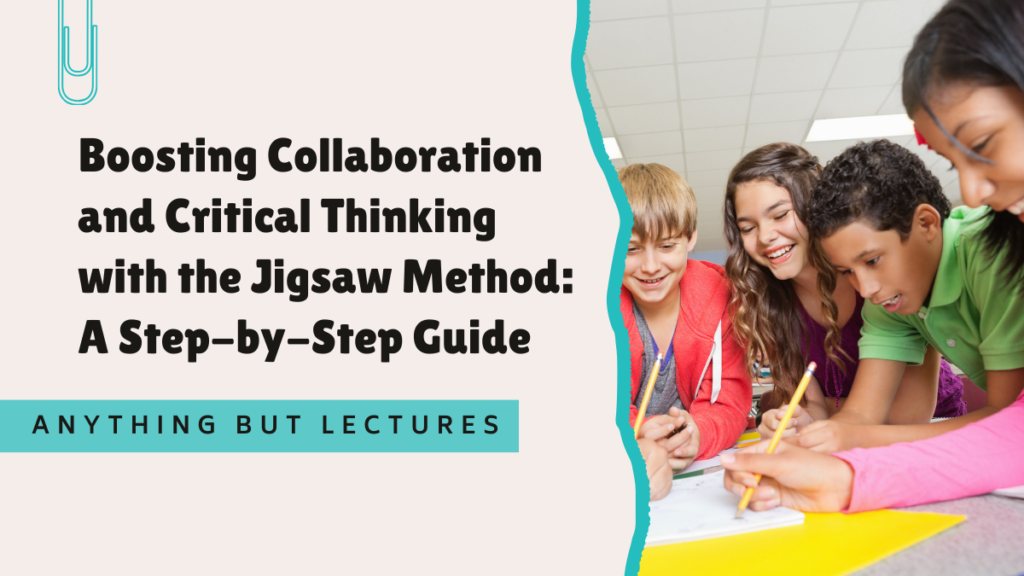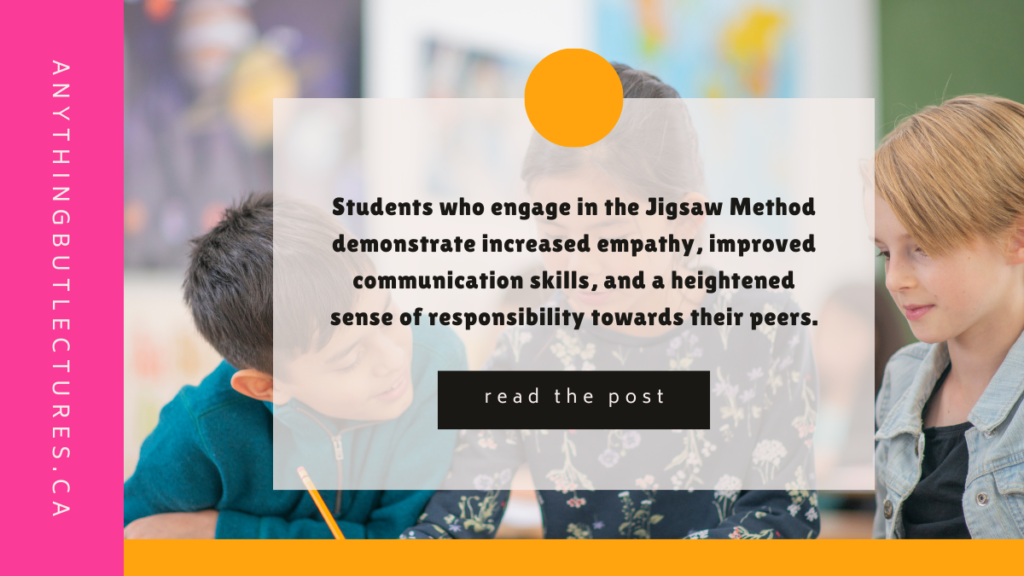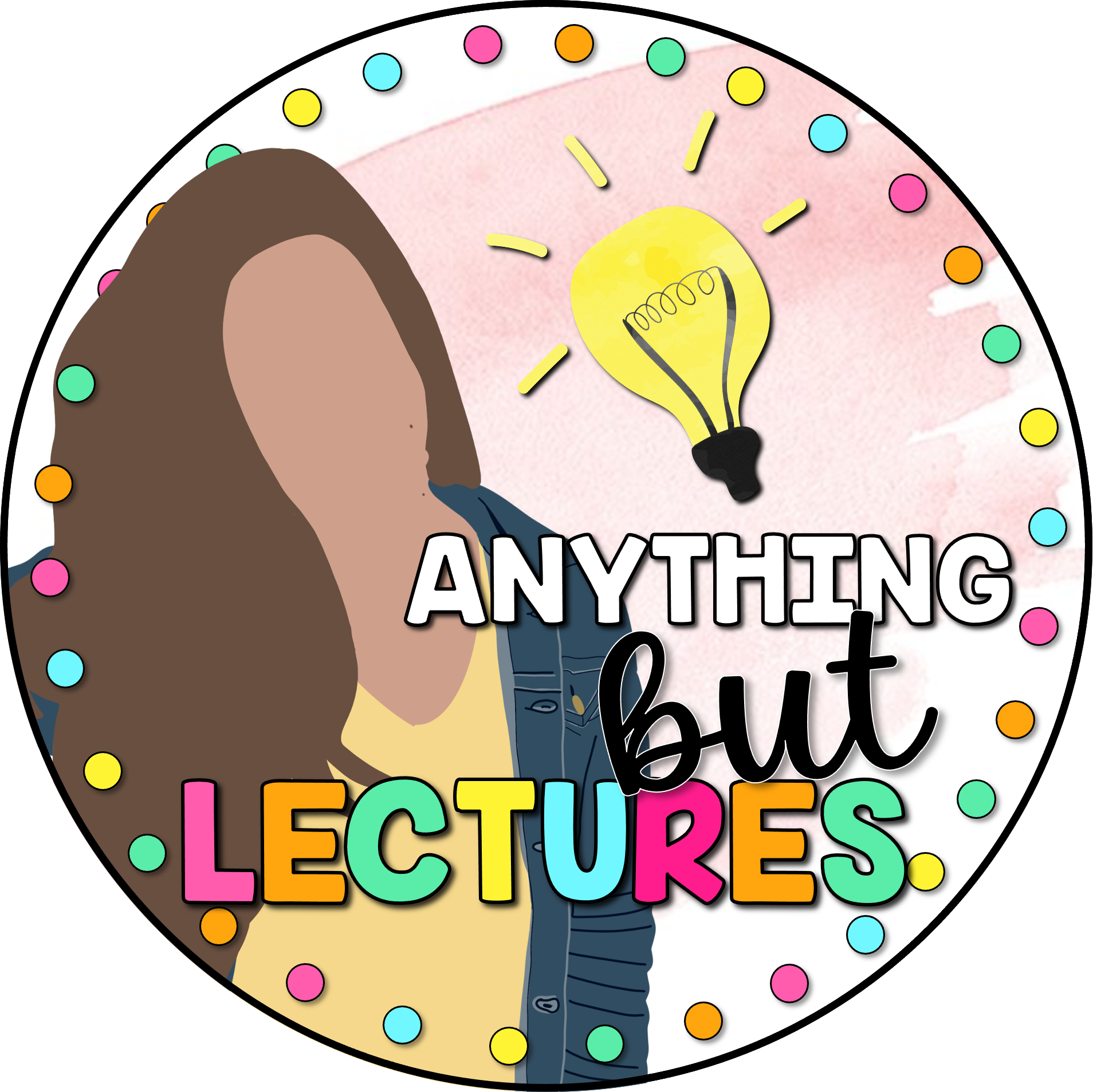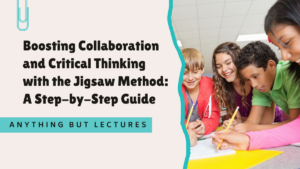Boosting Collaboration and Critical Thinking with the Jigsaw Method: A Step-by-Step Guide
Are you looking for a teaching strategy that can foster collaboration and critical thinking in your classroom? Look no further than the Jigsaw Method. This step-by-step guide will walk you through the process of implementing the Jigsaw Method and boosting student engagement and learning outcomes.
The Jigsaw Method is a cooperative learning technique that requires students to work together in small groups to master a specific topic or concept. Each group member becomes an expert on a different aspect of the topic, and then they come together to share their knowledge with their peers. This method promotes collaboration, as students must actively listen, ask questions, and build on each other’s ideas. It also enhances critical thinking skills, as students analyze and synthesize information from multiple perspectives.
In this article, we will provide a detailed explanation of the Jigsaw Method, including step-by-step instructions on how to implement it in your classroom. We will also explore the benefits of using the Jigsaw Method, share real-life examples of its success, and provide tips for overcoming potential challenges.
You can get my jigsaw method resource on Keener Teacher by clicking here! Or click here to get it on TpT!
Get ready to transform your classroom into a dynamic learning environment with the Jigsaw Method.

Understanding the Benefits of the Jigsaw Method
The Jigsaw Method stands out as a powerful cooperative learning technique that propels students into small groups, where they collaborate to master specific topics or concepts. Each group member assumes the role of an expert on a distinct aspect of the topic, contributing a “piece of the puzzle” to the collective understanding.
This method fosters a culture of collaboration, requiring active listening, effective questioning, and the ability to build upon one another’s ideas.
The core strength of the Jigsaw Method lies in its ability to cultivate critical thinking skills among students. By analyzing and synthesizing information from diverse perspectives, learners are challenged to think critically, evaluate information, and develop a nuanced understanding of the subject matter.
Research has consistently shown that the Jigsaw Method not only boosts academic performance but also enhances social skills and promotes a positive classroom environment. Students who engage in the Jigsaw Method demonstrate increased empathy, improved communication skills, and a heightened sense of responsibility towards their peers.

Research and Evidence Supporting the Effectiveness of the Jigsaw Method
Numerous studies have underscored the efficacy of the Jigsaw Method in fostering collaborative learning and critical thinking. Research conducted by Johnson, Johnson, and Holubec (2013) found that students who participated in the Jigsaw Method exhibited higher levels of achievement and retention compared to those in traditional classrooms.
Additionally, a meta-analysis by Aronson et al. (2014) revealed that the Jigsaw Method not only enhances academic performance but also leads to a significant reduction in social conflict and negative stereotypes among students. This highlights the transformative impact of cooperative learning strategies like the Jigsaw Method on both academic and social outcomes.
Furthermore, longitudinal studies have shown that students who engage in the Jigsaw Method develop a deeper understanding of complex concepts, improved problem-solving skills, and a greater appreciation for diverse perspectives. These findings underscore the multifaceted benefits of incorporating the Jigsaw Method into classroom instruction.
Step 1: Forming Diverse Groups
The first step in implementing the Jigsaw Method is to form diverse groups that reflect a range of backgrounds, abilities, and perspectives. By bringing together students with varied experiences and knowledge, educators can create a rich learning environment that promotes collaboration and mutual respect.
When forming groups, consider factors such as academic strengths, communication styles, and social dynamics to ensure that each group is balanced and inclusive. By strategically assembling diverse groups, educators set the stage for meaningful interactions, peer learning, and the exchange of diverse viewpoints.
Diversity in group composition not only enriches the learning experience but also prepares students for real-world scenarios where they must collaborate with individuals from different backgrounds and disciplines. Embracing diversity at the group level is a cornerstone of the Jigsaw Method’s success.

Step 2: Assigning Individual Expert Roles
Once groups are formed, the next step is to assign individual expert roles to each group member. In the Jigsaw Method, every student becomes an expert on a specific aspect of the topic or concept being studied. This division of labor ensures that each group member contributes unique insights and expertise to the collective learning process.
Assigning expert roles also promotes accountability and fosters a sense of ownership among students. By taking on the responsibility of mastering a specific area of the topic, students are motivated to engage deeply with the material, conduct research, and prepare to share their knowledge with their peers.
Educators should provide clear guidelines and resources to support students in their expert roles, ensuring that each group member has the necessary tools to become proficient in their assigned area. By empowering students to take ownership of their learning, the Jigsaw Method cultivates a sense of agency and autonomy among learners.
Step 3: Expert Group Collaboration
With individual expert roles assigned, students delve into collaborative learning within their expert groups. This phase of the Jigsaw Method allows students to deepen their understanding of their assigned topic through in-depth discussions, research, and knowledge-sharing activities.
During expert group collaboration, students have the opportunity to ask questions, clarify concepts, and explore different perspectives with their peers. This interactive process not only reinforces individual learning but also strengthens communication skills, teamwork, and critical thinking abilities.
Educators play a crucial role in facilitating expert group collaboration by providing guidance, feedback, and support to ensure that students stay on track and make meaningful progress. By fostering a collaborative environment within expert groups, educators lay the foundation for a successful Jigsaw experience.

Step 4: Returning to Home Groups
After engaging in expert group collaboration, students return to their home groups, where each member shares their expertise with their peers. This phase of the Jigsaw Method encourages students to communicate effectively, listen attentively, and synthesize information from multiple sources.
As students present their findings and insights to their home groups, they are challenged to articulate complex ideas, respond to questions, and engage in constructive dialogue. This process not only reinforces individual learning but also promotes a culture of knowledge-sharing and mutual support among group members.
Returning to home groups allows students to benefit from the collective expertise of their peers, gain new perspectives on the topic, and deepen their understanding through active participation and engagement. This collaborative exchange of knowledge is a hallmark of the Jigsaw Method.
Step 5: Sharing and Synthesizing Knowledge
The final step in the Jigsaw Method involves sharing and synthesizing knowledge across home groups. As students come together to combine their individual expertise and insights, they engage in a process of collective sense-making, where diverse perspectives converge to form a comprehensive understanding of the topic.
Through sharing and synthesizing knowledge, students learn to appreciate the value of collaboration, respect diverse viewpoints, and construct new knowledge through dialogue and interaction. This collaborative sense-making process not only reinforces learning outcomes but also cultivates essential skills such as empathy, communication, and teamwork.
Educators can facilitate the sharing and synthesizing of knowledge by guiding discussions, encouraging active participation, and promoting reflection on the learning process. By creating opportunities for students to connect their individual contributions and build a cohesive understanding together, educators empower students to become active agents in their own learning.

Tips for Successfully Implementing the Jigsaw Method
- Establish clear expectations: Communicate the goals, roles, and procedures of the Jigsaw Method to ensure that students understand their responsibilities and the overall structure of the activity.
- Provide scaffolding: Offer support, resources, and guidance to help students navigate their expert roles and collaborate effectively with their peers.
- Promote reflection: Encourage students to reflect on their learning experiences, identify challenges, and set goals for improvement in future Jigsaw activities.
- Celebrate success: Recognize and celebrate student achievements, collaborative efforts, and breakthrough moments to foster a positive learning environment and motivate continued engagement.
- Adapt and iterate: Continuously assess the effectiveness of the Jigsaw Method in your classroom, gather feedback from students, and make adjustments to optimize learning outcomes over time.
Conclusion and Future Applications of the Jigsaw Method
In conclusion, the Jigsaw Method offers a transformative approach to fostering collaboration and critical thinking in the classroom. By leveraging the power of cooperative learning, educators can create dynamic learning environments where students actively engage with complex ideas, learn from one another, and develop essential skills for success in the 21st century.
As we look to the future, the Jigsaw Method holds tremendous potential for expanding beyond traditional classroom settings. From online learning environments to professional development workshops, the principles of the Jigsaw Method can be adapted and applied across a wide range of educational contexts to promote collaboration, critical thinking, and lifelong learning.
By embracing the Jigsaw Method and its core principles of collaboration, diversity, and shared knowledge, educators can empower students to become active participants in their own learning journey, preparing them to navigate a complex and interconnected world with confidence, empathy, and resilience.
Ready to dive in? Get the jigsaw resource now for all of your jigsaw needs! Click here to get it on Keener Teacher! Or click here to get it on Teachers Pay Teachers!
Check out these related blog posts:



